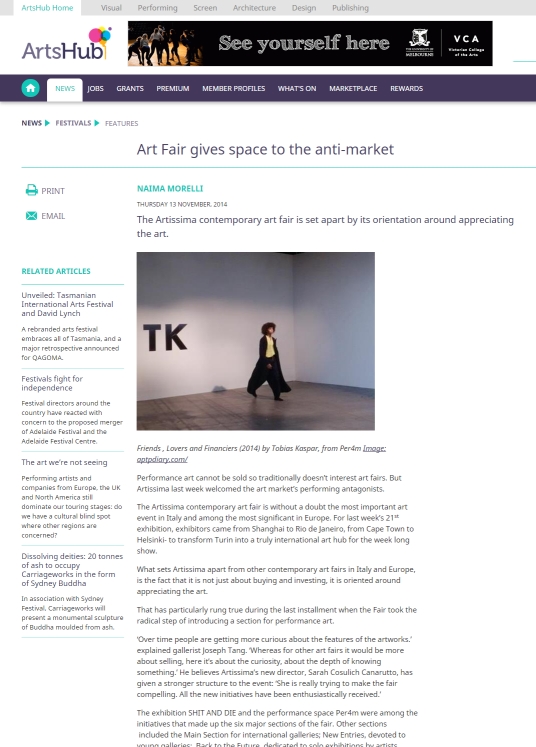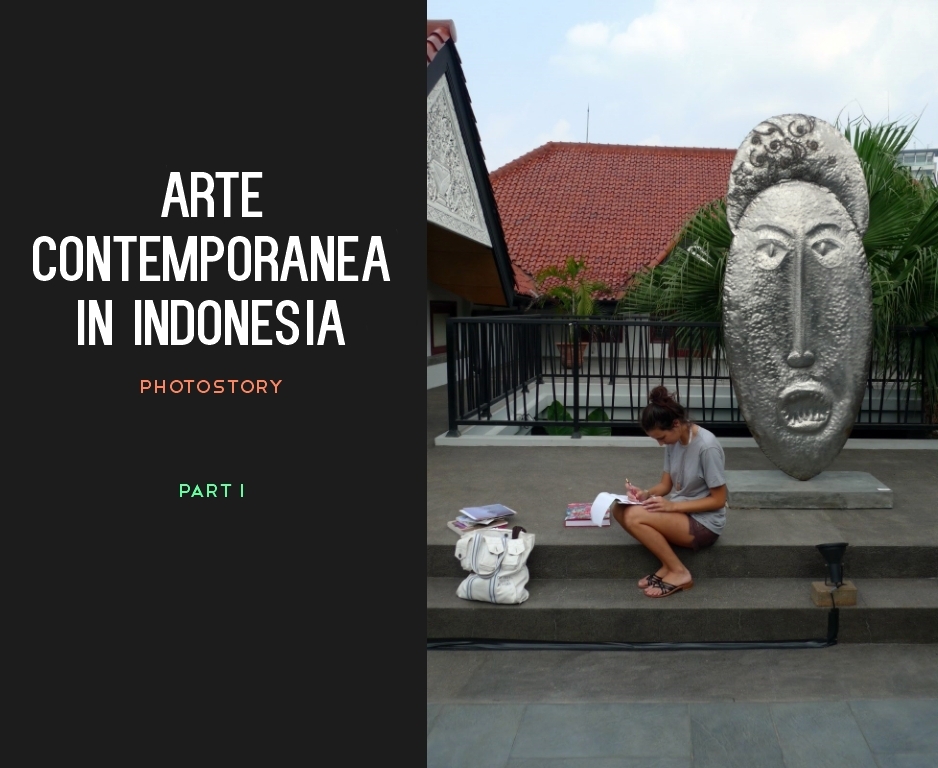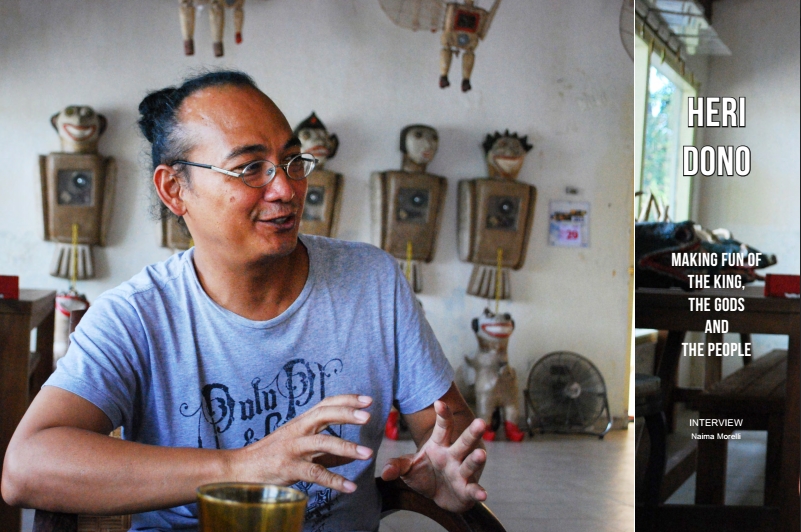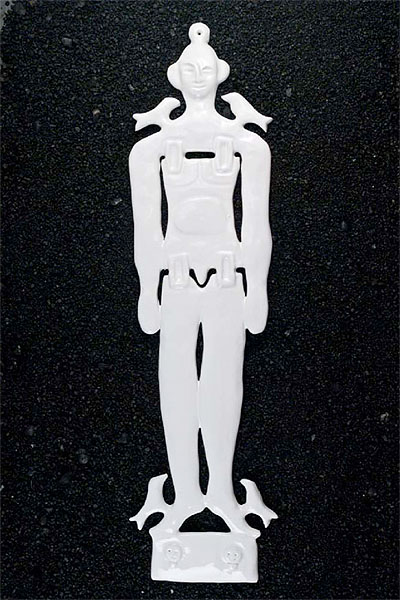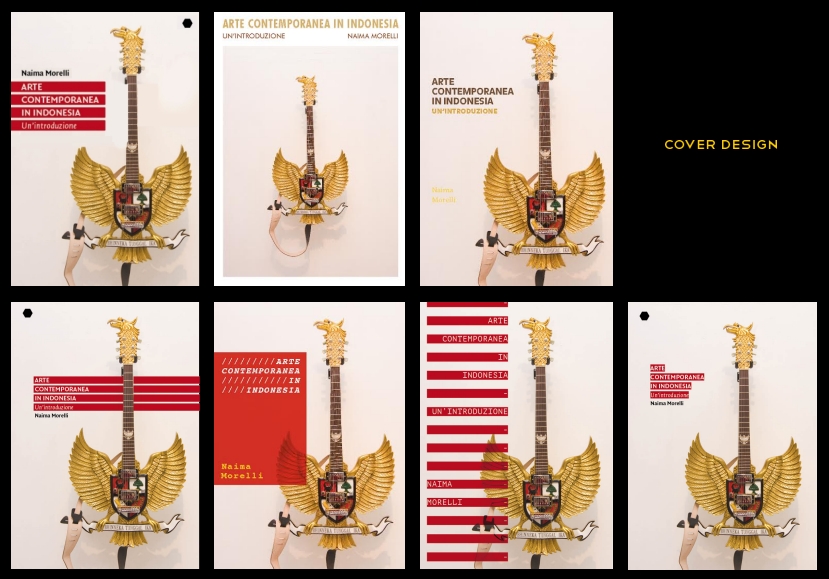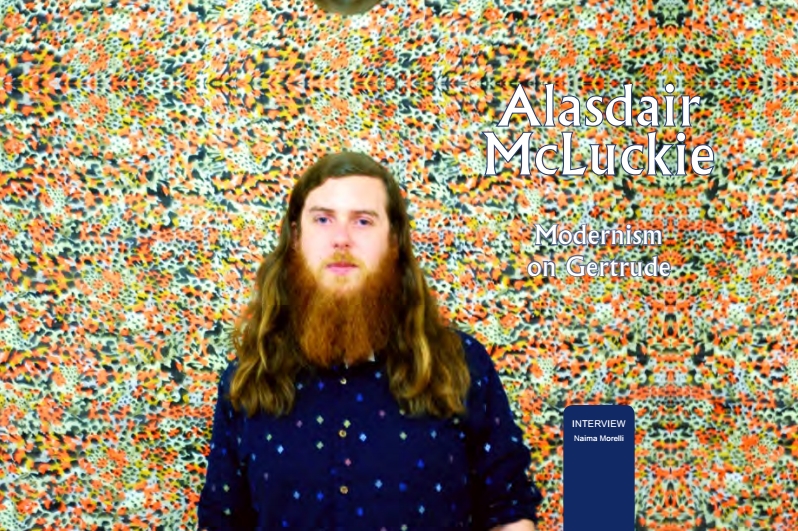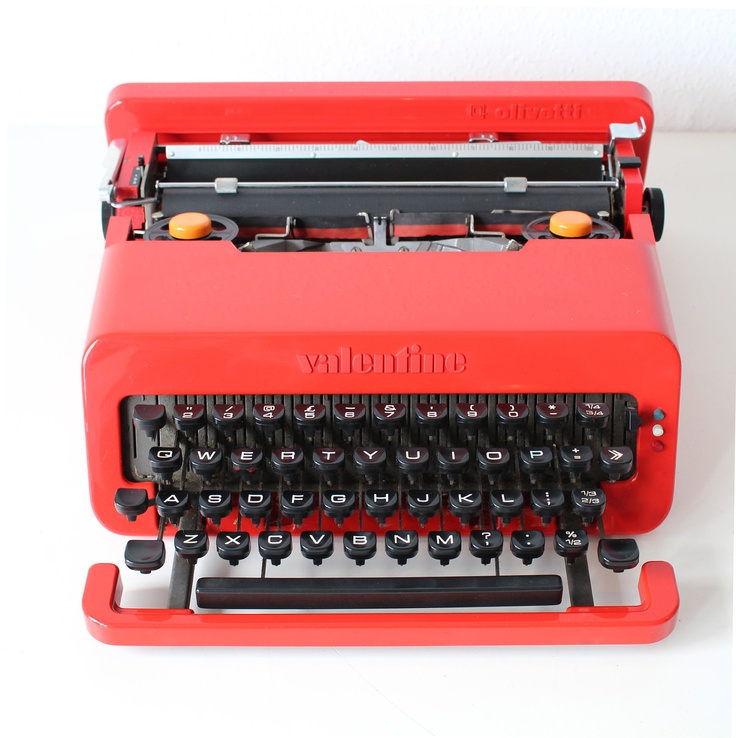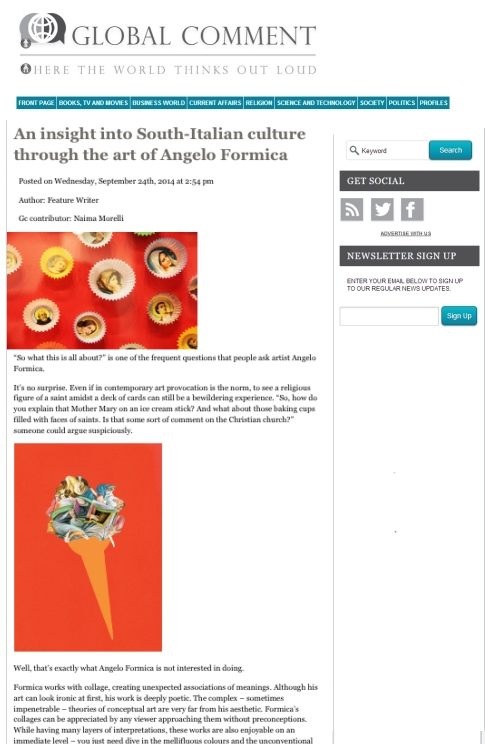
I have been talking about my so-called “Indonesian book” for such a long time. My profile description at Trouble magazine reads: “she’s currently working on a book about contemporary art in Indonesia that will be published in Italy the near future”. Well, the near future is finally here. My book “Arte Contemporanea in Indonesia – un’introduzione” will finally be published and presented in Rome during a series of exhibition focused on South-East Asia and Australia called “AU.SIAN”, that I will curated with my collegue Roberto D’Onorio at the gallery Parioli Fotografia.
I look at this book as a step in the process of connecting different cultures via contemporary art and people’s stories around contemporary art. Thus the decision to link this book to the wider program of AU.SIAN. I’ll give you guys all the details of the November/December release pretty soon!
“Arte Contemporanea in Indonesia ” is an introduction to contemporary art in Indonesia and looks at how the cultural, social and political conditions in Indonesia have influenced four generations of artists. Through this book I didn’t just learn about art in Indonesia, but I also reconsidered my idea of contemporary art. I started became more and more aware of the context that surrounds contemporary art. I went around asking questions, rather then just see a show, come home and write my thoughts about it. I still consider myself an art critic, but I don’t want to criticize anymore. I want to understand and let people understand what’s behind every human expression. I’m convinced that by giving background coordinates, readers could see beyond the pretty picture. One of the aim of this book is also challenging the outdated western hegemony on contemporary art, a point of view that is still prevalent in Italy.
Read More
